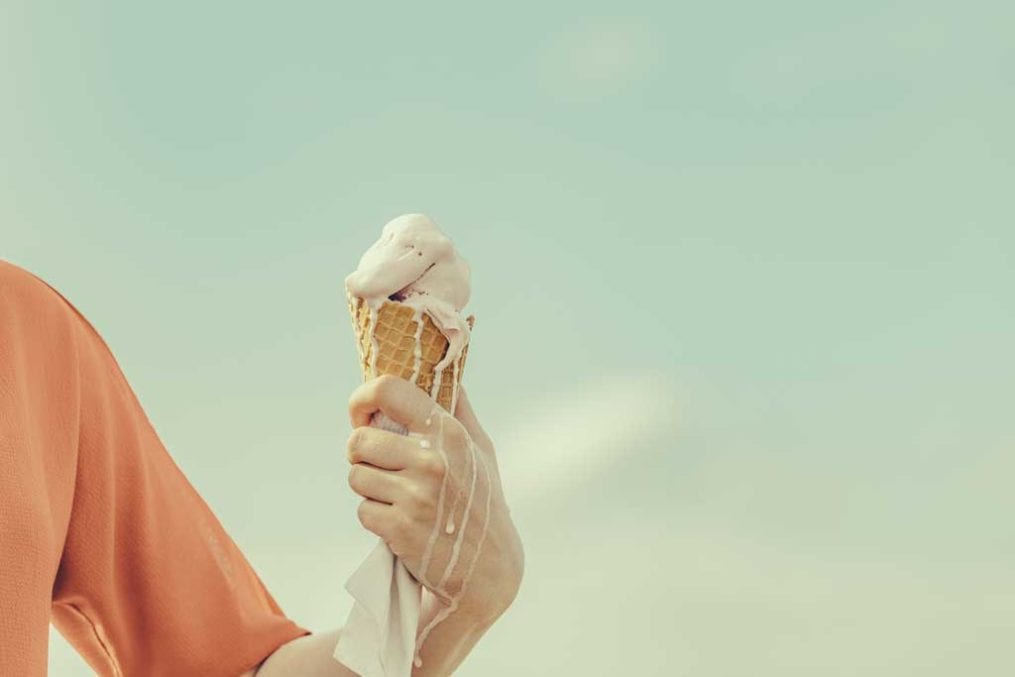
Reverse – or summer – seasonal affective disorder (SAD) is a tough condition for people to get their heads around. We understand winter seasonal affective disorder: the days are shorter and the weather is colder, so we look forward to summer.
Most of us are in better spirits when the sun’s shining, but for 1% of the UK population, the opposite is true. Instead of enjoying the warmer weather, for them it triggers anxiety and insomnia.
Professor Lance Workman is a visiting professor of psychology at the University of South Wales with a specialist interest in seasonal affective disorder (SAD). We asked him to explain what causes summer SAD and how to manage the symptoms…
Have you got summer SAD?
If you suffer from winter SAD, everything slows down. You feel more lethargic, put on weight, crave starchy foods, feel depressed and may start sleeping more. But it’s almost the polar opposite for summer SAD – sufferers feel agitated, they’re on a shorter fuse, and become more anxious.
It’s normal to feel a bit hot and bothered during the summer – especially when we’ve spent a lot of it cooped up inside – but for those with summer SAD, that feeling doesn’t stop after a few cloudy days; it continues throughout the warmer months. Their feelings tend to be more intense, too.
If you suffer from the following symptoms, you could have summer SAD:
● You’re sleeping shorter hours
● Your sleeping pattern is different to winter; ie you’re waking up during the night
● You’ve lost your appetite
● You feel bad tempered or annoyed by little things that don’t normally bother you
● You can’t sit still and get very fidgety
● You’re rowing more with your partner, friends or family
What causes summer SAD?
We know winter SAD is caused by how much light (or lack thereof) there is during the day, but there’s some debate over whether summer SAD is caused by heat or light. There is evidence to show that light affects serotonin levels in the brain. While those with winter SAD have reduced serotonin levels, people with summer SAD may have too much, so they become irritated and anxious.
Evidence suggests people with brown eyes tend to suffer more from winter SAD than those with blue eyes. Brown eyes filter out more daylight, so less light reaches the brain, affecting serotonin levels. There was a significant difference in those with blue eyes – they had much lower levels of winter SAD – so I’m now considering looking at the evidence in reverse; do those with blue eyes tend to suffer more from summer SAD?
The sleep hormone melatonin may be involved in summer SAD, too. In winter, people produce more, which makes you feel sleepy. But many people produce less in summer, leading to sleepless nights. This lack of sleep can then have a knock-on effect, making your symptoms feel worse. And while everyone experiences changes in neurotransmitter and hormone levels, some of us may experience bigger changes than others.
Women tend to suffer from summer SAD more than men, while significantly more women than men have winter SAD. This may be because women are more likely to seek help for their health issues, but women also experience greater fluctuations in their hormone levels. This strongly suggests that SAD has a hormonal element as well.
Managing reverse summer SAD symptoms
There are two common stress points during the day when your symptoms may feel worse; the middle of the afternoon, when the temperature is at its highest, and just before bed. I recommend that sufferers get out for an early morning or evening walk – don’t stay in all day and vegetate – and try to keep your home as cool as possible. It can also be difficult to unwind before sleep if your bedroom is too warm, your mind is racing and you’re worried about not getting any sleep.
Follow the tips below to help manage your symptoms and remember that – thanks to our typical British summers – you may not be suffering for too long this season anyway…
4 ways to tackle summer SAD
1 Plan ahead. If you know you suffer from insomnia every summer, take action a few months before. Put up well-lined curtains to block out the light – this makes a real difference to the length and quality of your sleep.
2 Cool down your bedroom before bed. Open the windows an hour before, put on a fan to help get rid of the warm air, and you could even put bottles filled with ice water in your bed to cool it down – like a reverse hot-water bottle!
3 Avoid extreme heat. Get out for walks during the cooler times of day and rethink your drinks – rather than having a hot tea or coffee, switch to iced versions if you still need the caffeine hit.
4 Keep a diary. Many people may not realise they have summer SAD, as they feel better as soon as the seasons change. But by tracking your symptoms, you can then talk to your GP about appropriate treatment.
The post Do you have reverse SAD? appeared first on Healthy Magazine | Food | Fitness | Beauty | Health.

No comments:
Post a Comment